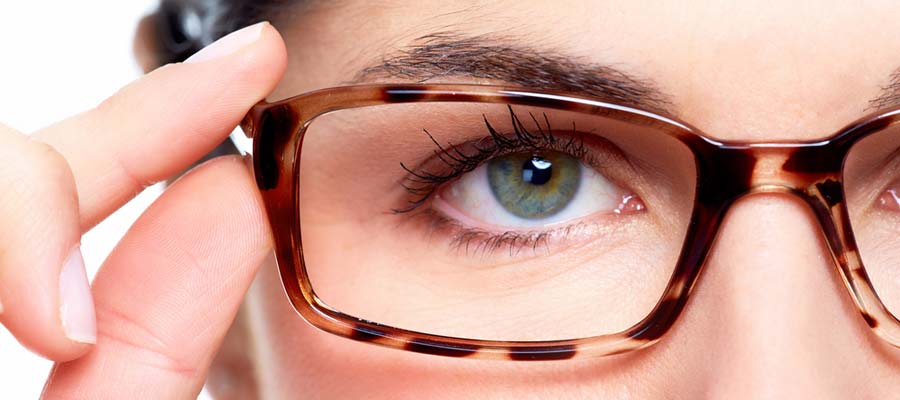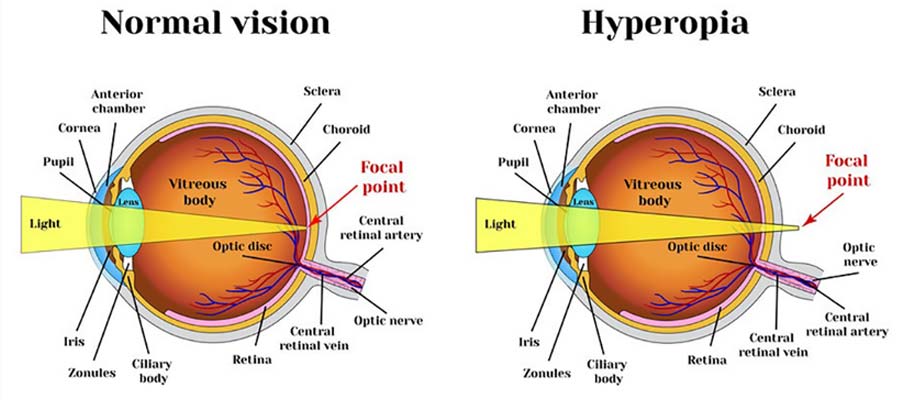Board Certified Optometrist Serving Miami Lakes Florida
Are you looking for a board certified eye doctor near Miami Lakes, FL? Dr. Maria Briceno Martin at Lakes Eyecare Center would like to show you what it means to have an eye doctor that cares work for you
Are you looking for a trusted optometrist in or near Miami Lakes, Florida? If you are! There is a good chance that you will do what many of individuals in Miami Lakes do! They go to Google seeking the best optometrist in Miami Lakes. If you belong to this group it is important to highlight that many studies show that internet users looking for Optometrists Near Me often end up with an inferior service than those whose ask for referrals from friends. That is because as of late a good number of Miami Lakes optometrist count on Reputation Management companies to provide them with fake reviews. One thing you can’t fake is credentials and that is what Dr. Maria Briceno Martin at Lakes Eye Care Center bring to the table. Families in both Dade and Broward County come to see her because they anticipate getting nothing but the best a optometrist in Miami Lakes, FL can offer! And if you have not see an optometrist as of late may be you should.
When Should You Receive An Eye Exam
In order to keep your eyes as healthy as you possibly can, you will have to invest money and time in regular eye exams. Below, we are going to review some things that you need to take into account when getting one; who to see, and when it needs to be done. Here are some facts to consider.
- Individual Health History – One of the most essential things that you will need to consider while you are deciding if you should have an eye exam and what sort of eye exam, can be your family history. You want to add in your family health history while you are figuring out whether or not to have one because a great deal of eye diseases and conditions may be inherited through geneics. When your family has a medical history of eye diseases, you might be at increased risk also.
- Vision Problems – When you are having trouble seeing, whether it’s daytime or nighttime, you will have to get an eye test completed. That way, it will be easy to find out what is causing your eyesight to become blurry. This can be something that you ought to be taking very seriously because it could worsen if left unattended.
- Your Age – The older you get, the more likely you will have various eye troubles which will need to be resolved.While a growing number of kids are finding their eyesight failing whether due to the over use of technology devices or something else, you are definitely going to have to see the optometrist much more regularly as you age. People who are 18 to 60 ought to have at least one eye text every couple of years. While, those that are 61 and older should have an annual eye test.
- Earlier Eye Injuries – One more major thing that you must think over when it comes to identifying whether it is worth having an exam is whether or not you have a past of eye injuries that could make you prone to eye degeneration.
Who Must You Seek Help From?
There are kinds of eye care pros that you could pick from. Below, we will be laying out ways to determining the person you should see.
- Optometrists – This eye doctor is typically who you need to go to if you have moderately healthy vision and you only need simple alterations and modifications such as spectacles, contacts, etc. He/She will probably be competent at treating eye diseases also, nonetheless they will not normally be skilled or licensed to conduct surgery.
- Ophthalmologists – They are medical doctors focusing on particular eye care who are certified and educated to perform eye surgery of a certain nature. They may also be more appropriate to take care of many types of eye diseases and conditions.
- Opticians – They usually are not medical doctors. They may be eye care experts that are taught to fitting glasses.
Overall, there is lots that you need to be considering when you are wanting to have your eyes checked out. Ideally, you must get them examined regularly and every so often. If you are someone with a specific condition or perhaps you are at increased risk for a specific worstening eye condition, you must increase your visits to be much more frequent. when it is all said and done we only have one vision and it is important that we take care of it! For more info about the role of an optometrist stop by at our blog where we debate thing like Cheap Eye Exams. And if you haven’t gone to see your Miami Lakes eye doctor as of late contact us. We’ll like to show you why people who seek the best eye doctor in Miami Lakes are not satisfied with nothing but the best!


